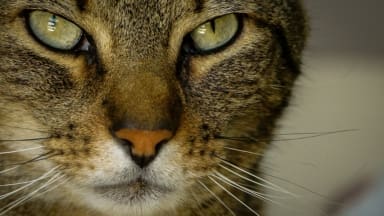
Along with colleagues, Christopher Lepczyk of the Auburn University in Alabama in the U.S., created a database of what cats have been recorded eating and where. Based on scientific papers, their list includes 981 birds, 463 reptiles, 431 mammals – including humans – 119 insects, 57 amphibians and another 33 species belonging to other groups. Of these 2084 species, 347 are either threatened or already thought to be extinct. The scientists mentioned the green sea turtle (juveniles) and Newell’s shearwater birds which are registered as endangered, as well as the extinct, Stephens Island wren. The list includes species too large for cats to kill, but that they scavenge.
According to Lepczyk, these numbers are far from the full story. “We’re just hitting the tip of the iceberg”, he explained to Michael Le Page of the NewScientist. Insects and other invertebrates, also recorded as being cat prey were not identified and hence not included in the overall prey numbers.
“The breadth of the diet that cats have is pretty far beyond what we’ve seen with a lot of other carnivores or predators. There’s not much cats won’t eat”, said Lepczyk. “We know that cats eat quite a bit, but I don’t think anybody had really looked at the full scope of it”, he added.
The results demonstrate that cats are extreme generalist predators, which is critical for understanding their impact on ecological systems and developing management solutions. The study addressed measures that help to reduce their impact on wildlife by keeping cats indoors, fenced in microchipping, spaying and neutering.

